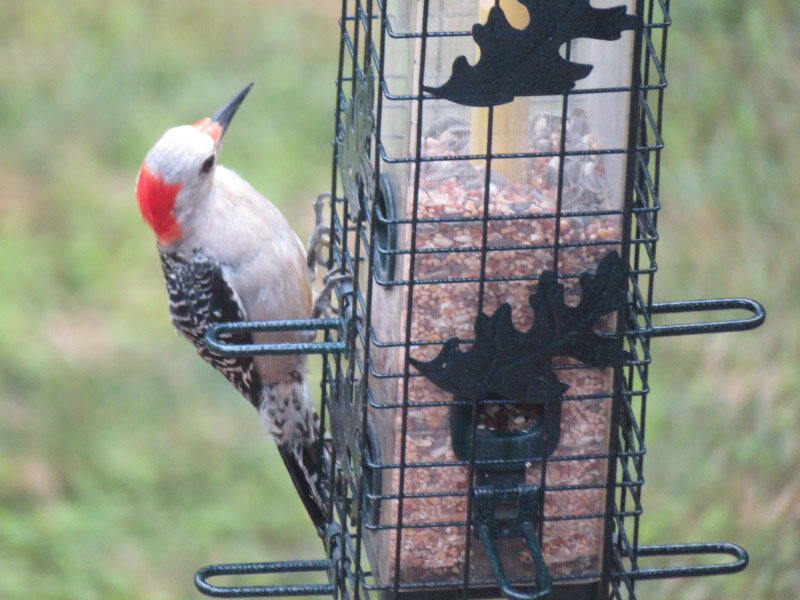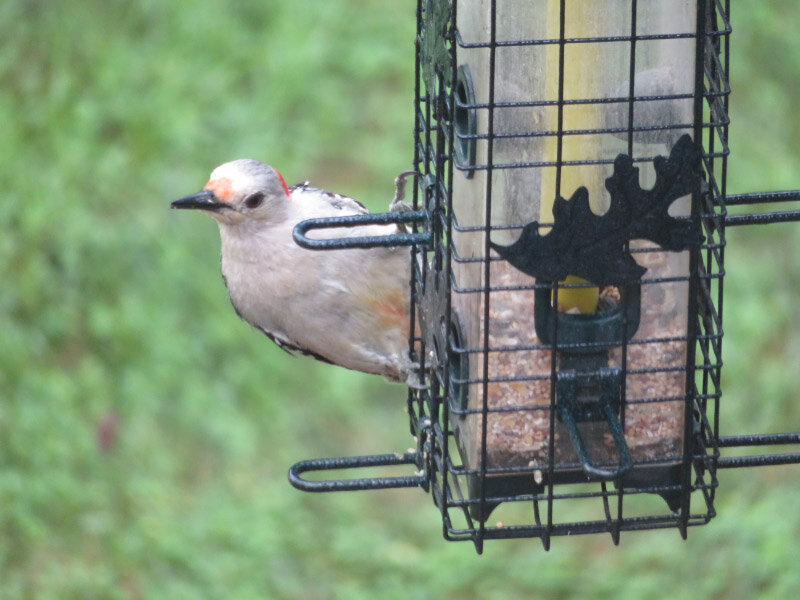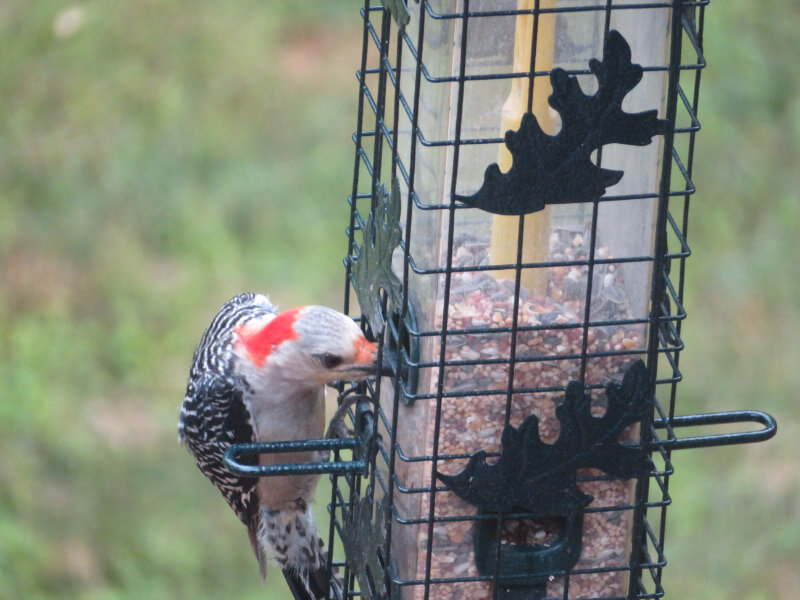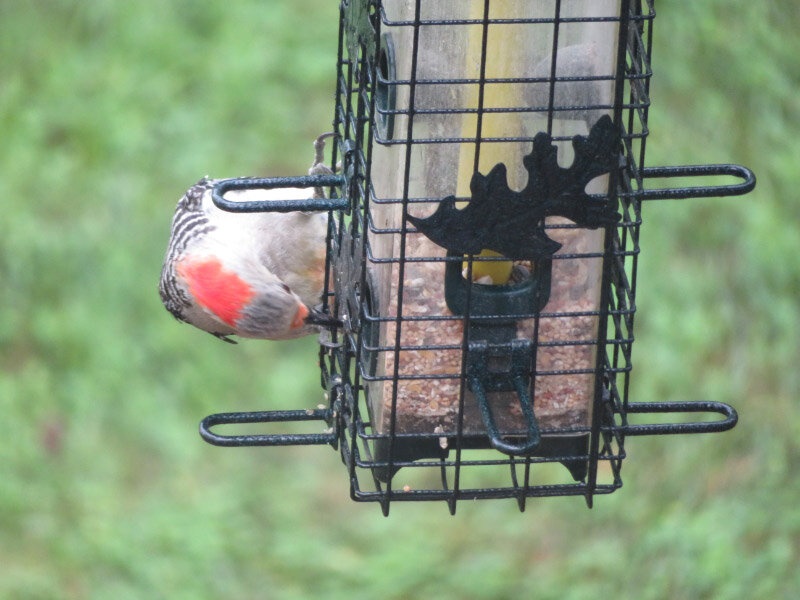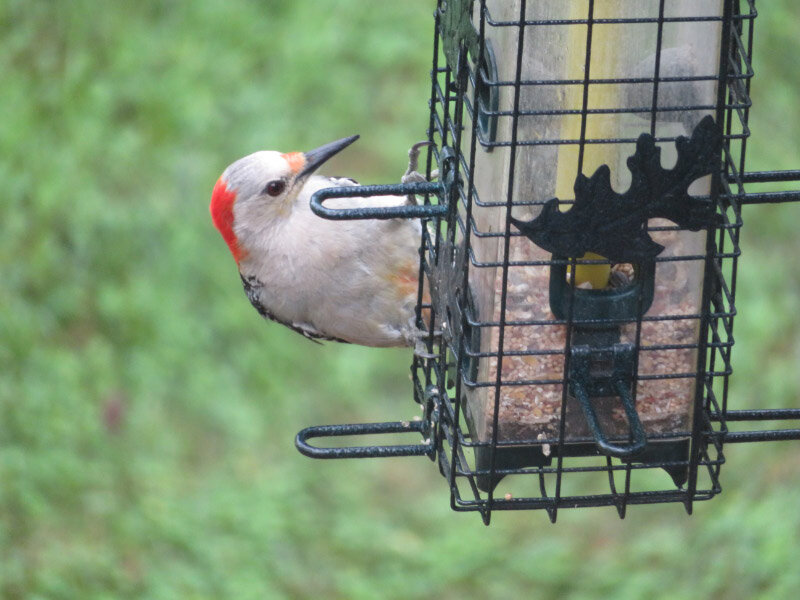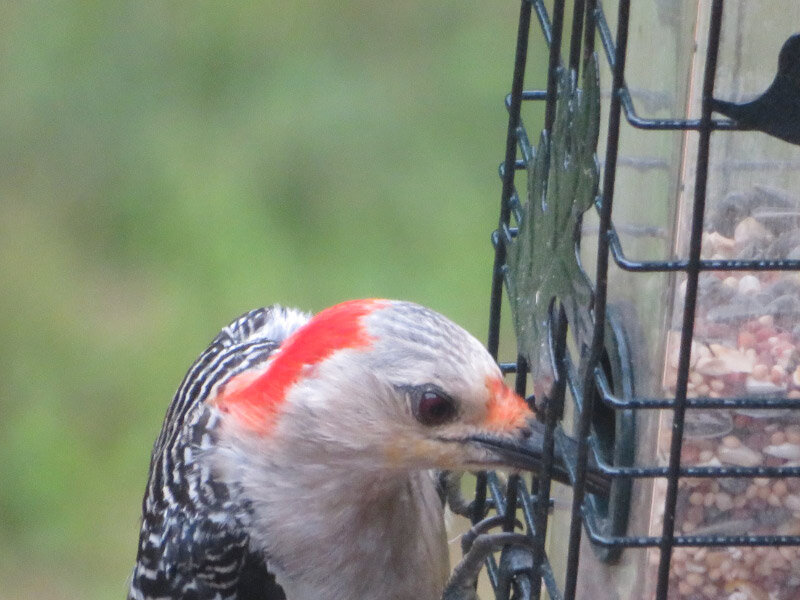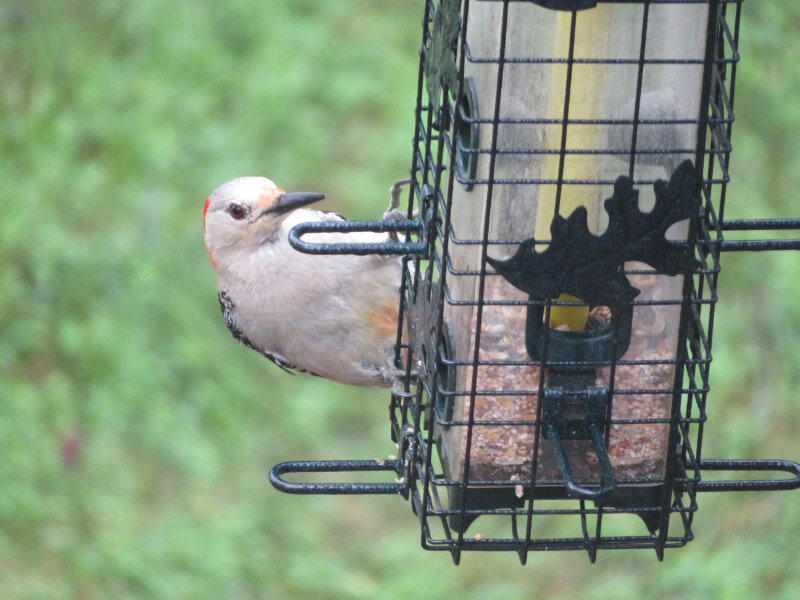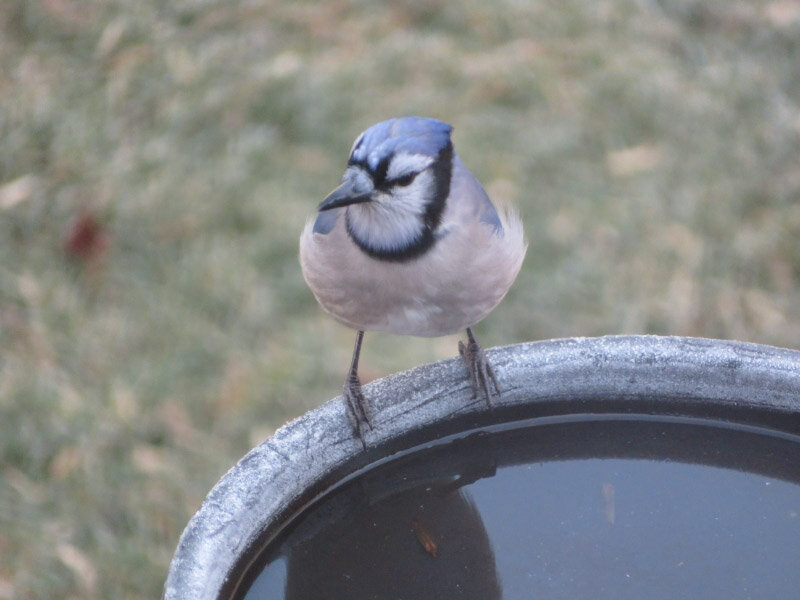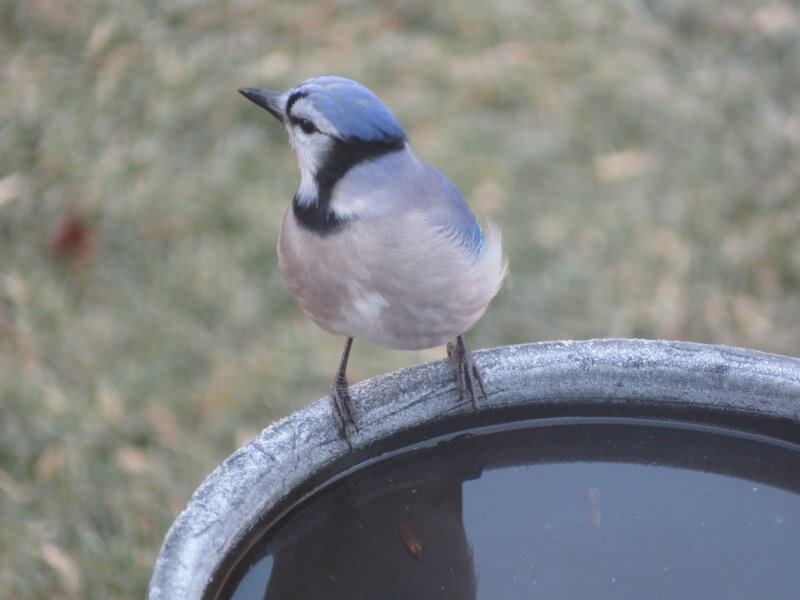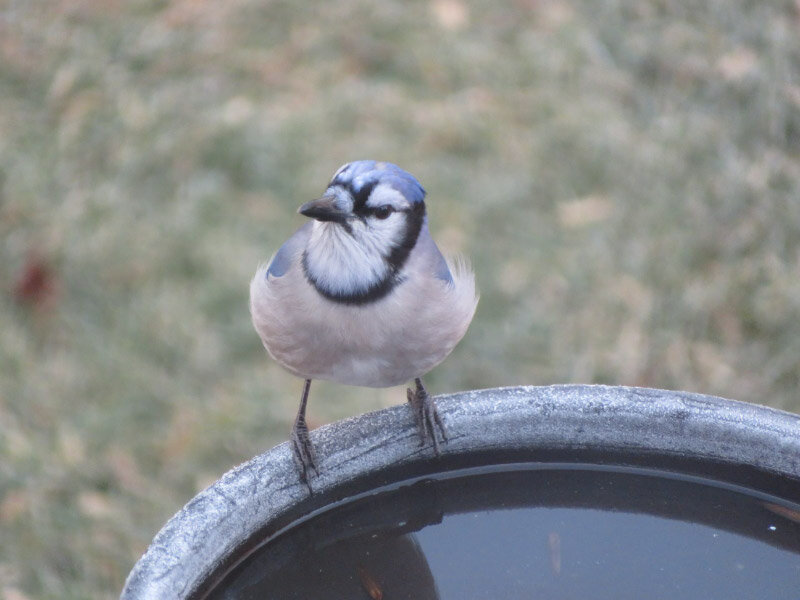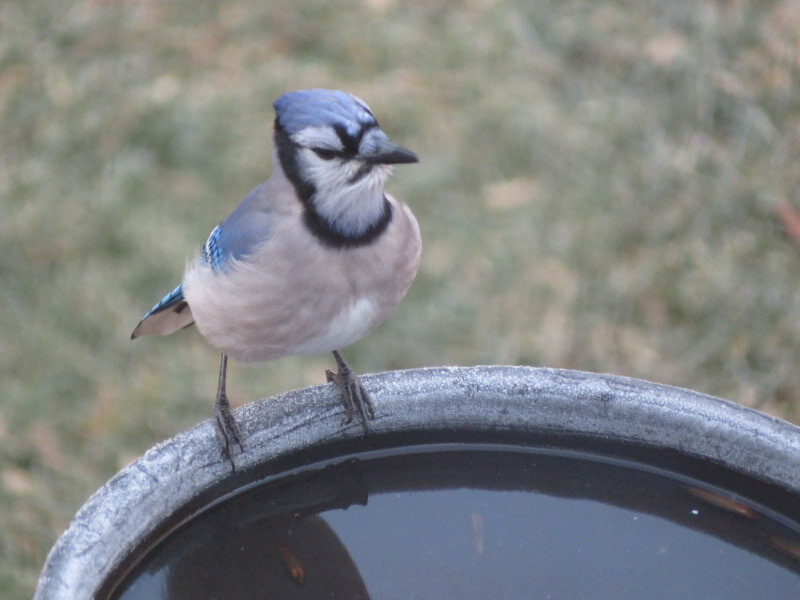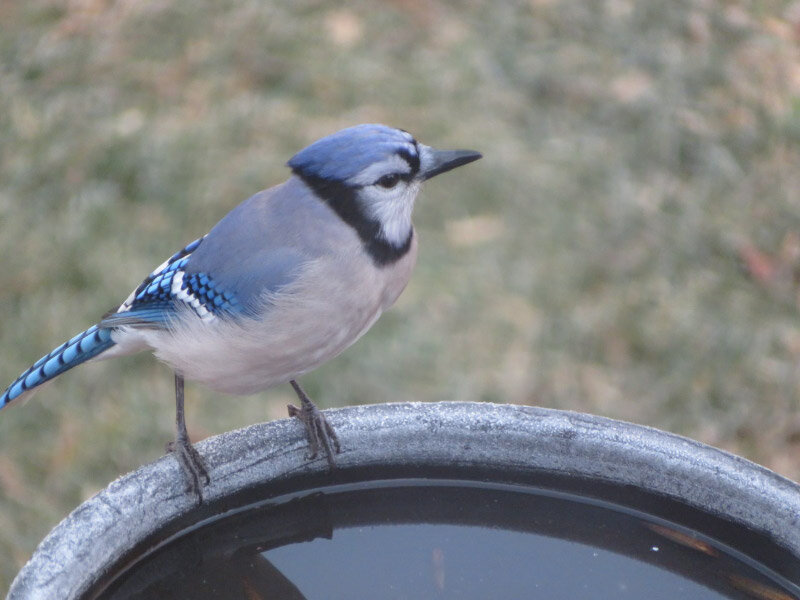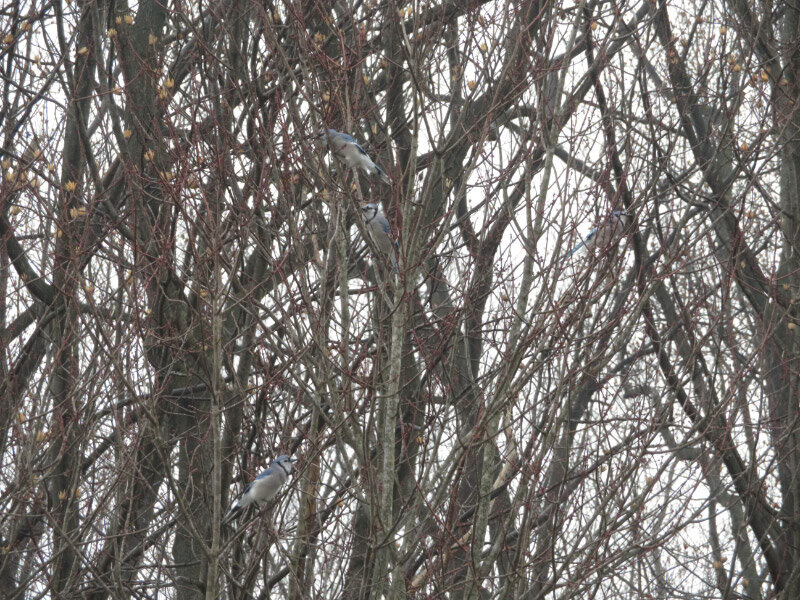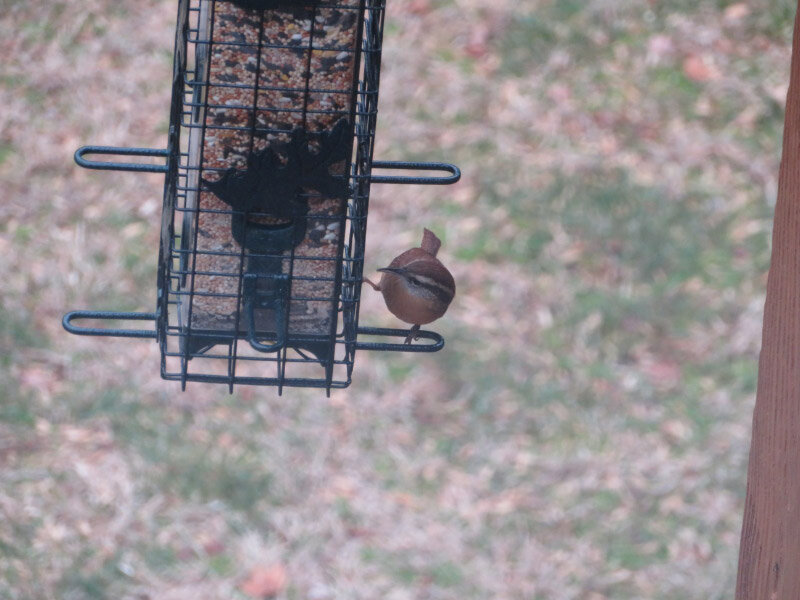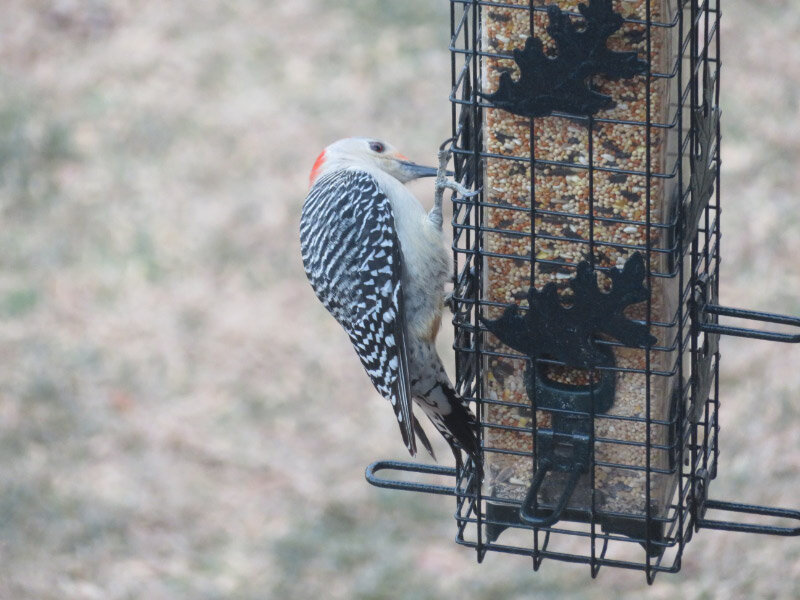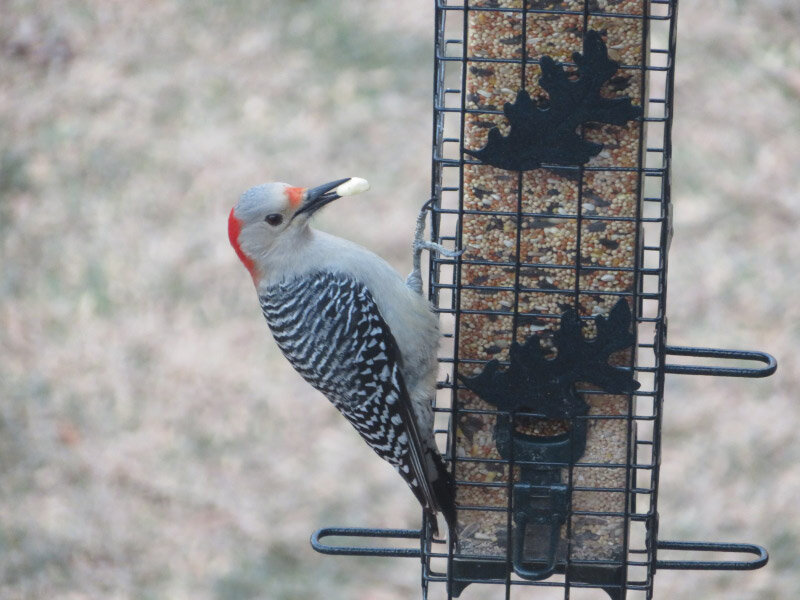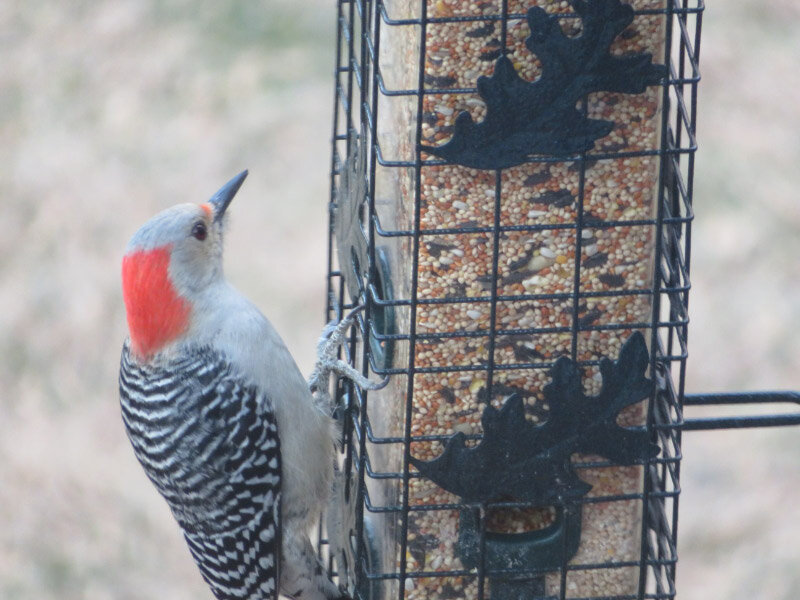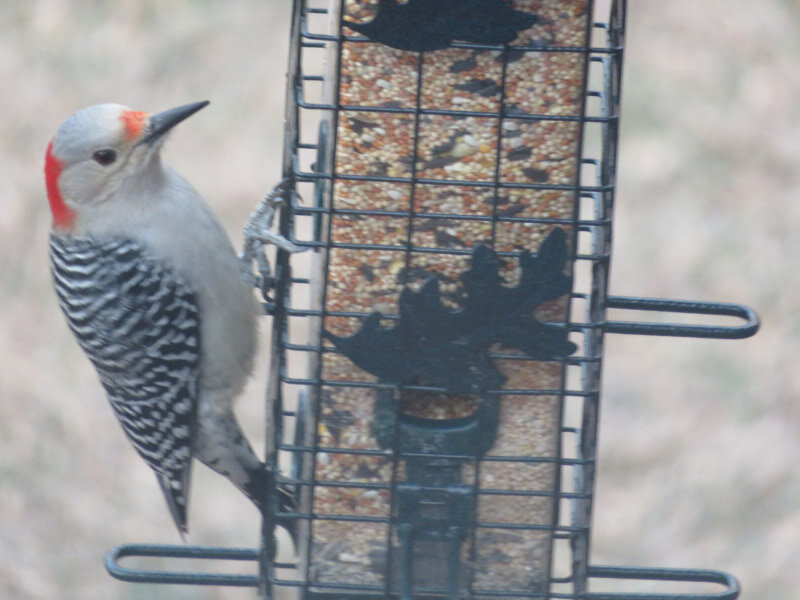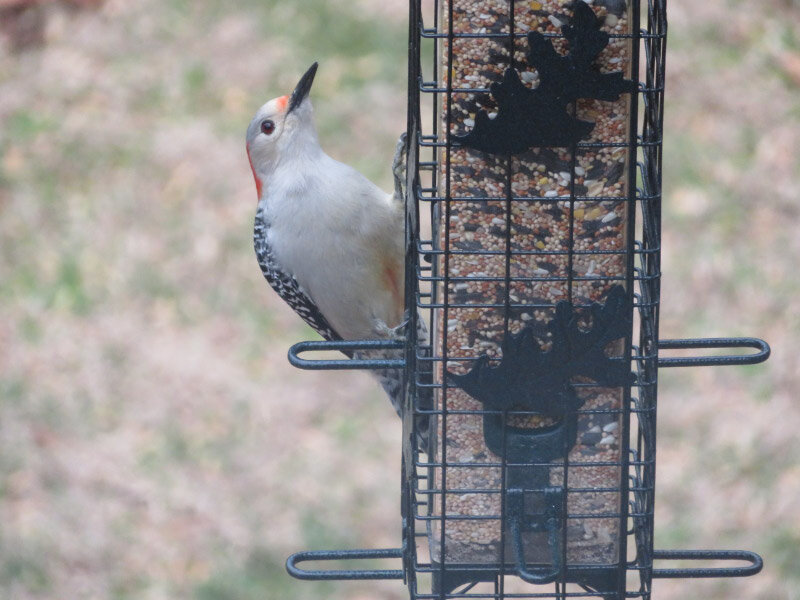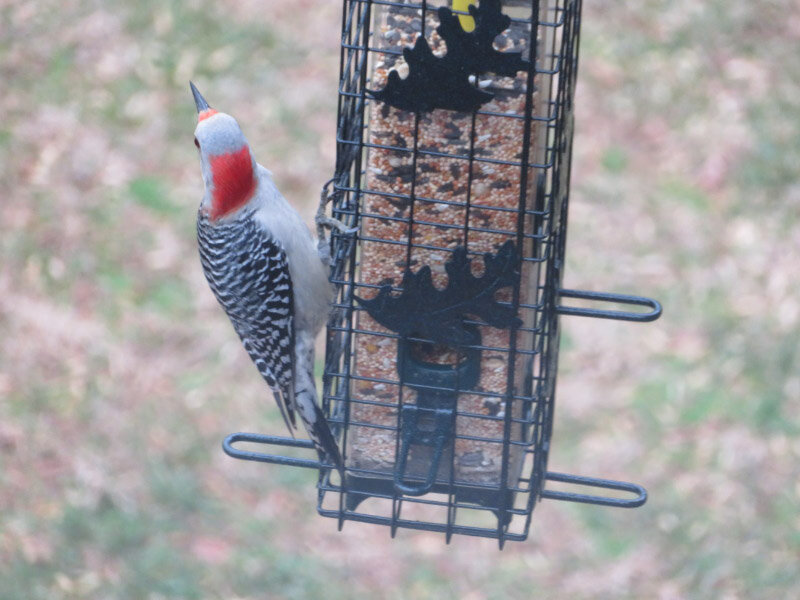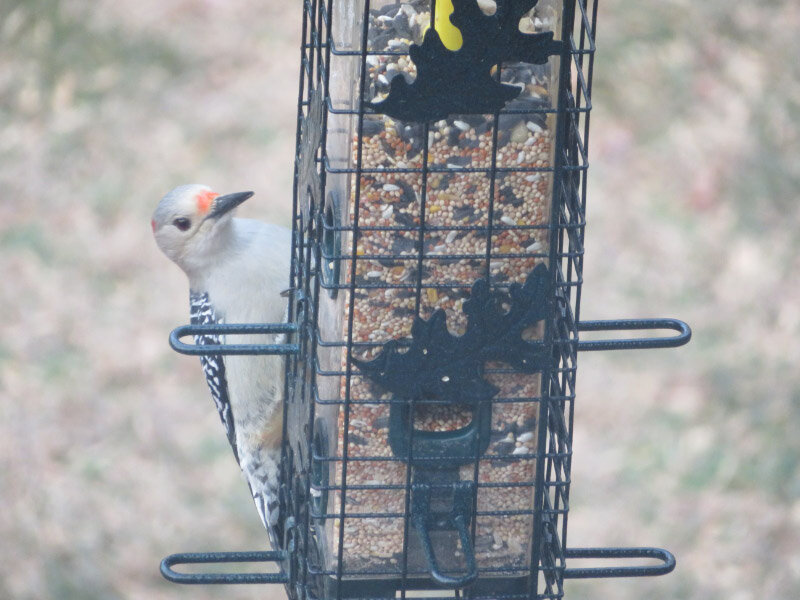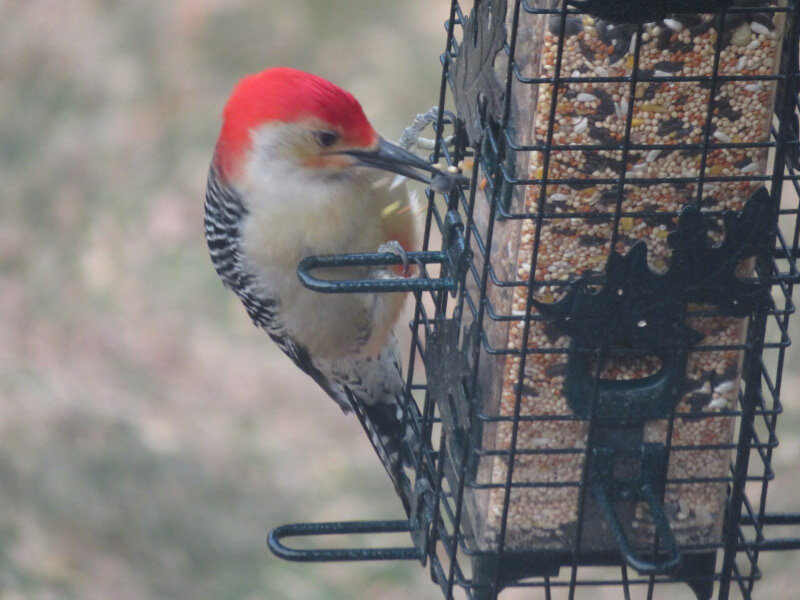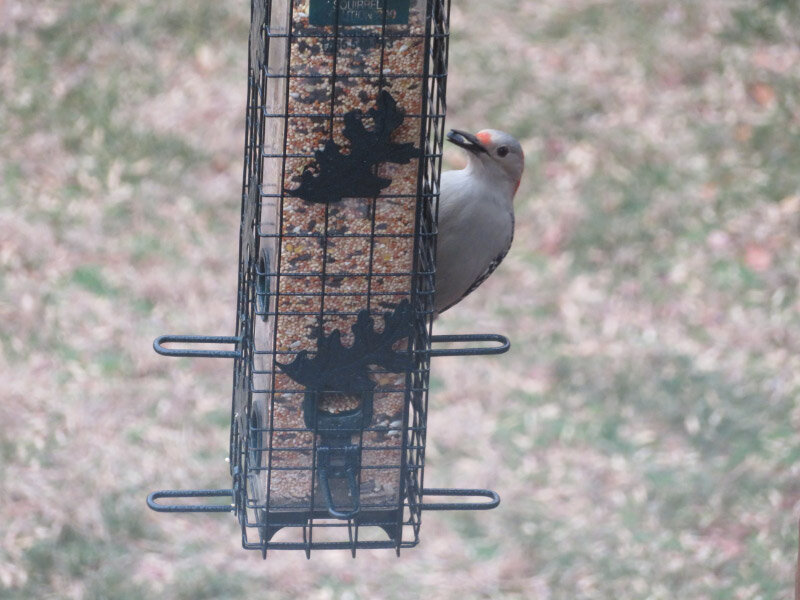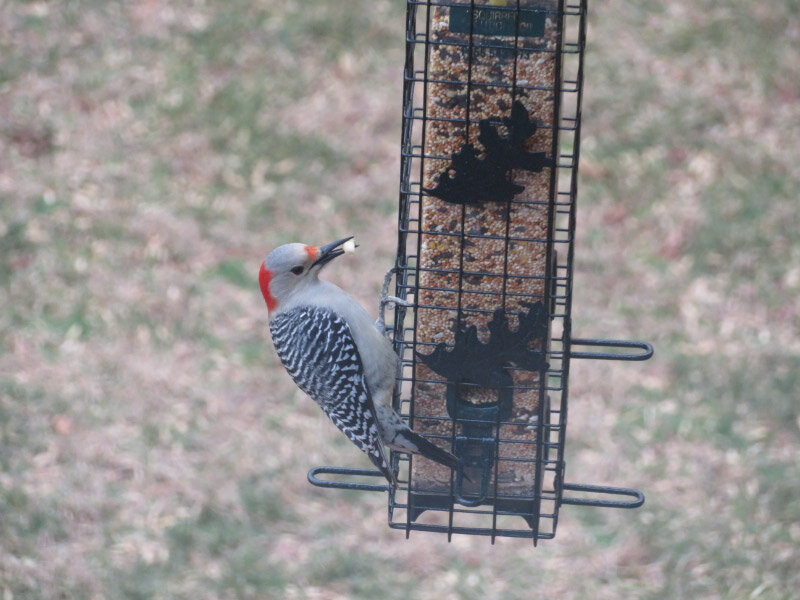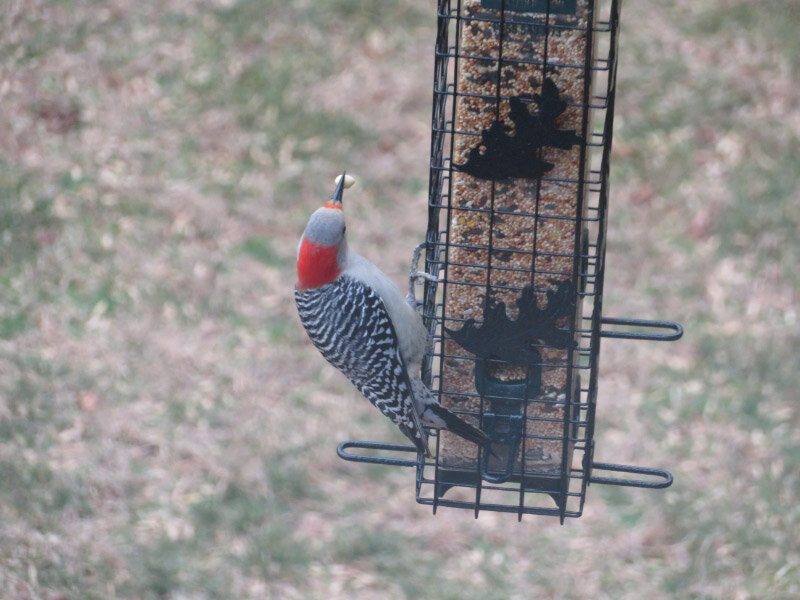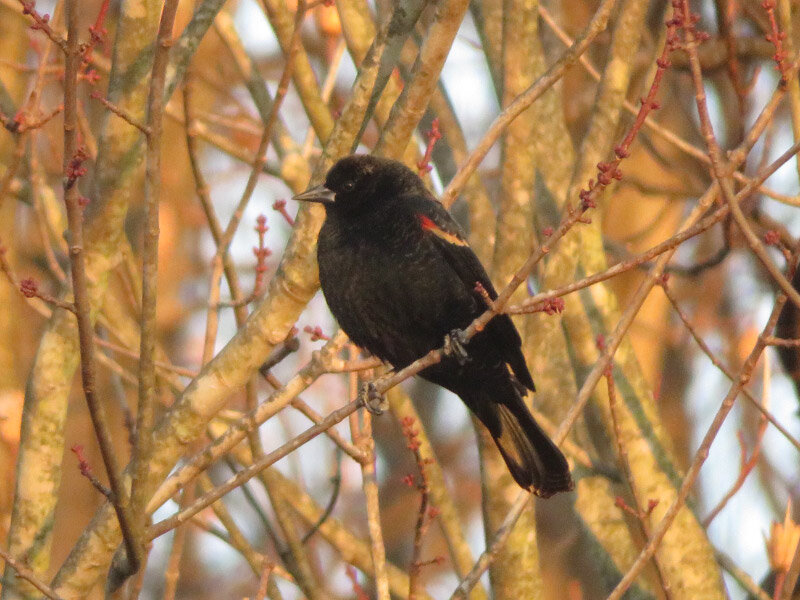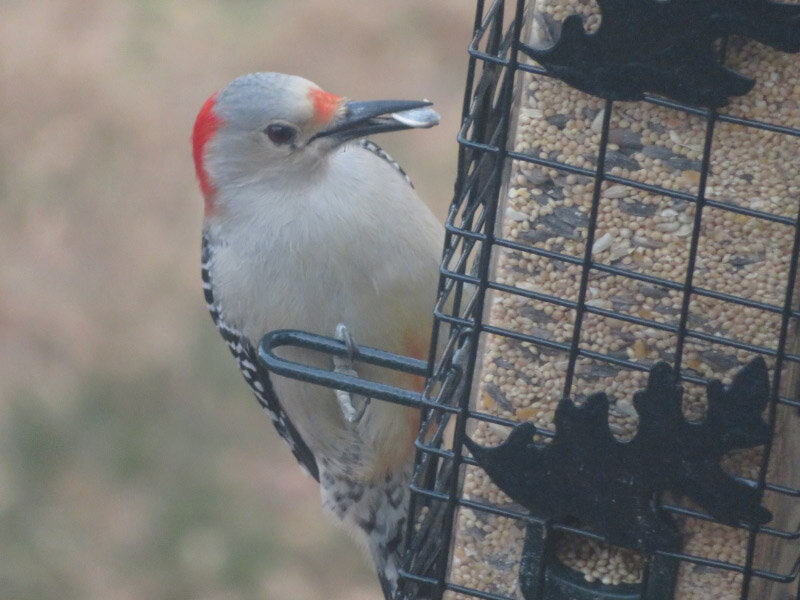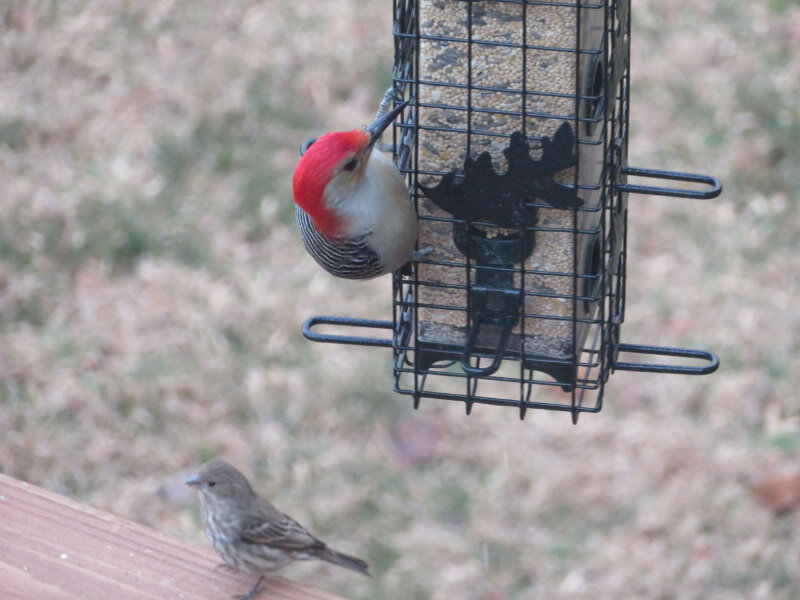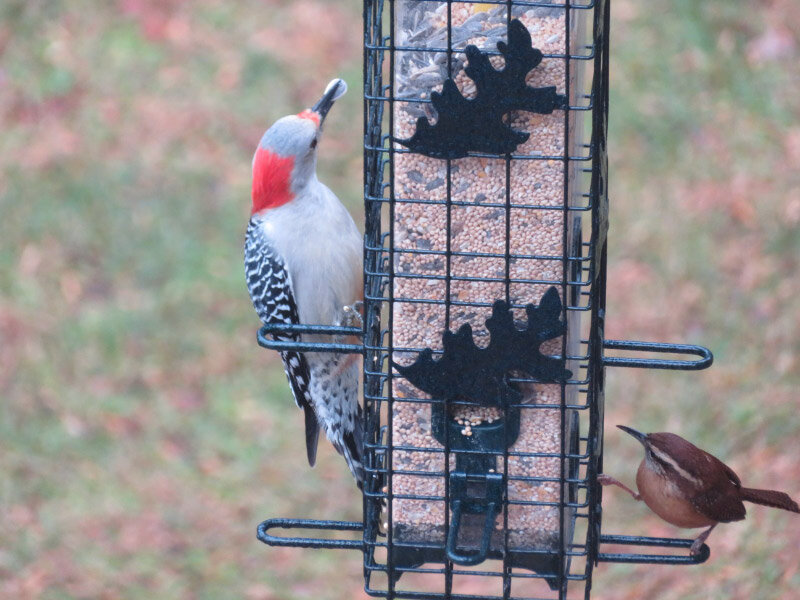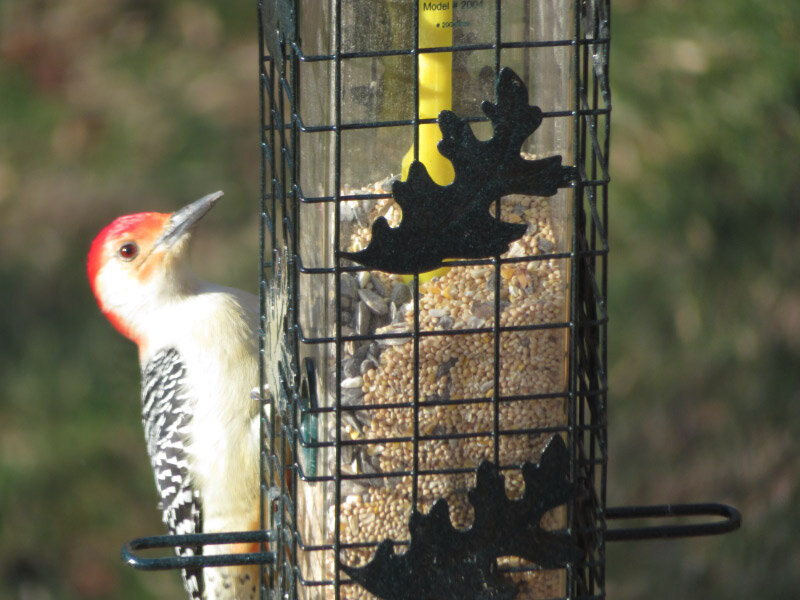Gleanings of the Week Ending September 26, 2020
/The items below were ‘the cream’ of the articles and websites I found this past week. Click on the light green text to look at the article.
Closing the Racial Inequality Gaps – Citi Global Perspectives & Solutions – The report (summarized by NPR in Cost of Racism: US Economy Lost $16 Trillion Because of Discrimination, Bank Says) details the analysis done by Citi that calculates the economic impact of racism….and thus puts a value on proposed government and individual actions to close racial gaps.
Top 25 Birds of the Week: Birds in Flight and Bird Interactions – Double the bird photos this week!
Infographic: Dialing Down the Glitz | The Scientist Magazine® - The mechanism that makes dramatic sexual dimorphism in some finches.
How vitamin C could help over 50s retain muscle mass -- ScienceDaily – Another reason to eat Vitamin C rich foods (and take a supplement when that is not possible).
A guide to natural sweeteners – in C&EN – Compound Interest – A good summary of the chemistry behind natural sweeteners. I am enjoying the stevia leaves I am getting from the CSA’s cutting garden right now – building up my supply a little every week of dried leaves and stems to enjoy even after the cutting garden ends for the year.
Schooling is critical for cognitive health throughout life -- ScienceDaily – Boosting cognitive skills early in life not only expands career opportunities and provides progressively higher salaries…it also pushes back the point at which age-related dementia begins to impact a person’s ability to care for themselves. Education is a good long-term investment for everyone.
Study Tracks Geographical Gene Flow and Ancestry in the US | The Scientist Magazine® - Beginning to get deeper genetic studies that might translate to better understanding of risk of disease across sub-populations within the US.
Scientists use fruit peel to turn old batteries into new -- ScienceDaily – Recycling metals from lithium-ion batteries with food waste…an example of the types of processes we need to develop for a circular economy (zero waste).
Hike in Walnut Canyon – A short video of a special place. I first visited in 1971 in the winter. It was memorable. Maybe I’ll go again after the pandemic is over; it’s high enough elevation I’ll make sure I am acclimated before I hike the trail to see the cliff dwellings up close.
The Undoing of US Climate Policy: The Emissions Impact of Trump-Era Rollbacks – Many young people see climate change as a high priority for the government to address….so do I. This research shows that the actions of the last few years have moved the US in the wrong direction. I usually prefer to focus on solutions and what individuals can do….but the government has a roll to play and, right now, it is moving opposite of the way needed.
Unique Activities for Yesterday:
Letter sweater. I found my 50-year-old letter sweater (academic…not sports) from high school when I cleaned out the coat closet. It still fits! It’s a little chilly today and I am wearing it. I took the letter off years ago but the flap in the pocket has my name embroidered on it. One of the buttons aged differently than the others – looks reddish rather than black. I’ll wear it as a basic black cardigan (with the odd button) in the fall and winter. I made a small pile of some other things in the closet to give away. My pile is big enough now that I am scheduling a pickup from my front porch!





